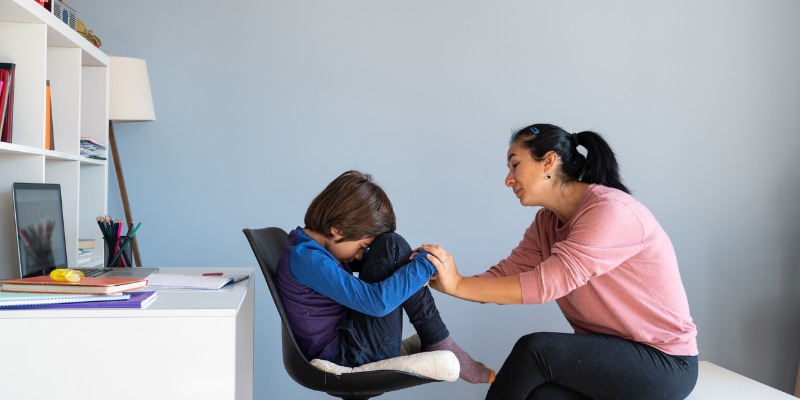Politicians made horrific error closing schools during COVID

Another schoolyear has come to an end. Eventually, there must be a full accounting of the extraordinary restrictions of economic and civil liberties that governments imposed in the past two-plus years to mitigate the pandemic. The evidence—what was justifiable, what was not—is not all in but is everywhere piling up, and one fact is becoming increasingly clear: the politicians who ordered the closing of schools, and the activists who cheered them on, made a horrific error.
The most culpable politicians in Canada are in the Ontario government, which closed schools for a cumulative 29 weeks during various stages of the pandemic—longer, as the Ontario Science Advisory Table noted, than all other provinces and most European countries. This despite the fact it was widely known since the beginning that children have a high level of immunity to the coronavirus. And that according to widely available data, including in the relatively early stages of the pandemic, that schools are not the “super-spreaders” of disease some fearmongers claimed.
In fact, a new study published in Health Affairs concludes that closing Ontario’s schools in December 2020, with some regions not reopening until February 2021, reduced the number of estimated coronavirus cases in the province by only 0.08 per cent, a minimal result that lacks statistical significance.
This is not an isolated finding. UNICEF reported in November 2020 that “data from 191 countries collected from February to September 2020 show no consistent association between school reopening status and COVID-19 infection rates” while noting that the European Centre for Disease Prevention and Control concluded that “child-to-child transmission in schools was uncommon and not the primary cause of COVID-19 in children who were infected during the time they attended school.”
In the United States, Brown University economist Emily Oster and other researchers collected data on coronavirus cases in classrooms. By September 2020 their data covered 100,000 students learning in-person; by February 2021 it covered about 12 million students, about half learning in-person. As Oster wrote a year into the pandemic, “in the early rounds of data collection, it became clear schools were not super-spreaders. This has been reinforced again and again in our data, in other data, in the lived experience of the last year.”
Similarly, authors of a working paper circulated by the National Bureau for Economic Research in February 2021 examined data from Michigan and Washington and concluded, after controlling for relevant factors, the relationship between in-person learning and increased coronavirus cases was “close to zero on average.” And a Germany study from October 2020 found schools reopening after summer break did not increase coronavirus cases.
What was the cost of school closures, which achieved essentially zero public health benefit? A massive hit to the social and educational development of children, widespread distress for parents, significant economic disruption and more.
A U.S. study found steep test score declines due to school closures, disproportionately affecting the most disadvantaged children. A survey of Ontario parents found about three-quarters believed their child fell behind in school during the pandemic. The school closures were temporary, but many of the effects—including reduced educational development—will be long-lasting.
As time passes, the evidence on the costs and benefits of coronavirus restrictions will continue to accumulate. But it’s already clear that the politicians responsible for school closures made a horrific error and they should be held to account.

